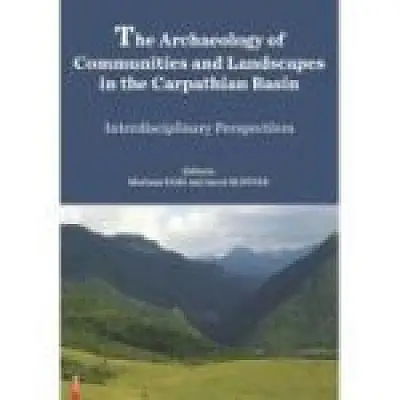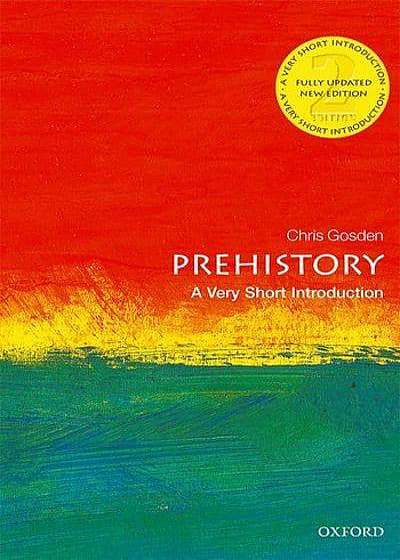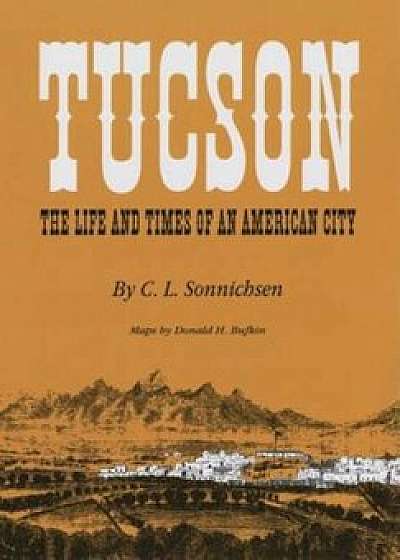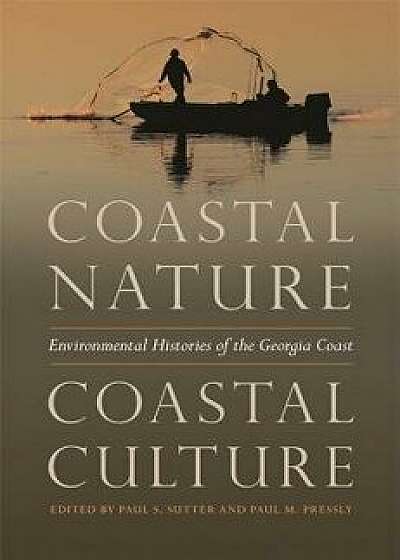
The archaeology of communities and landscapes in the Carpathian Basin
Descriere
The landscape of any given region has almost always being present in one way or another in archaeological reports, studies and monographs since the beginning of this scientific discipline. More often than not, landscape descriptions only aimed to provide an obligatory environmental background for the study of settlement patterns and subsistence strategies of various communities by listing “relevant” geomorphologic, pedological or faunal features, climatic patterns, mineral resources or historical/traditional land-use practices. The required data were usually lifted from modern studies, repertoires, atlases, catalogues and handbooks whose original scope often had little to do with the investigation of past societies and their practices. Likewise, archaeological sites were commonly plotted on modern-age maps that included regulated waterways, intensive agriculture, mining or quarrying, and dense transportation networks and urbanization. However, changes in the archaeological paradigm of the last few decades, as well as the subsequent adoption of several investigative methods from other sciences (e. g. geophysics, palynology, geology, biology, biochemistry etc), have challenged the stereotypical, mono-dimensional approach that favoured a deterministic interpretative model, leading in turn to the emergence of the sub-discipline of landscape archaeology. This has also been influenced by diachronic studies of the evolution of ecological systems which focused on human beings as important actors, acknowledging that the interactions between past communities and the environment were highly dynamic processes that sometimes have repercussions until today. As a consequence, alongside the investigation of geomorphologic and hydrologic features and their impact, more attention has recently been paid by the archaeologists to the socio-political, economic, cultural and ideological dimensions of the landscape as products of human agency. (from the „Introduction”)







